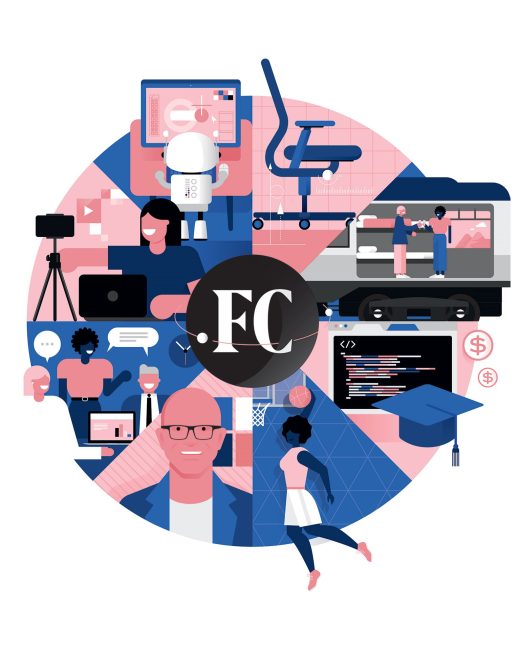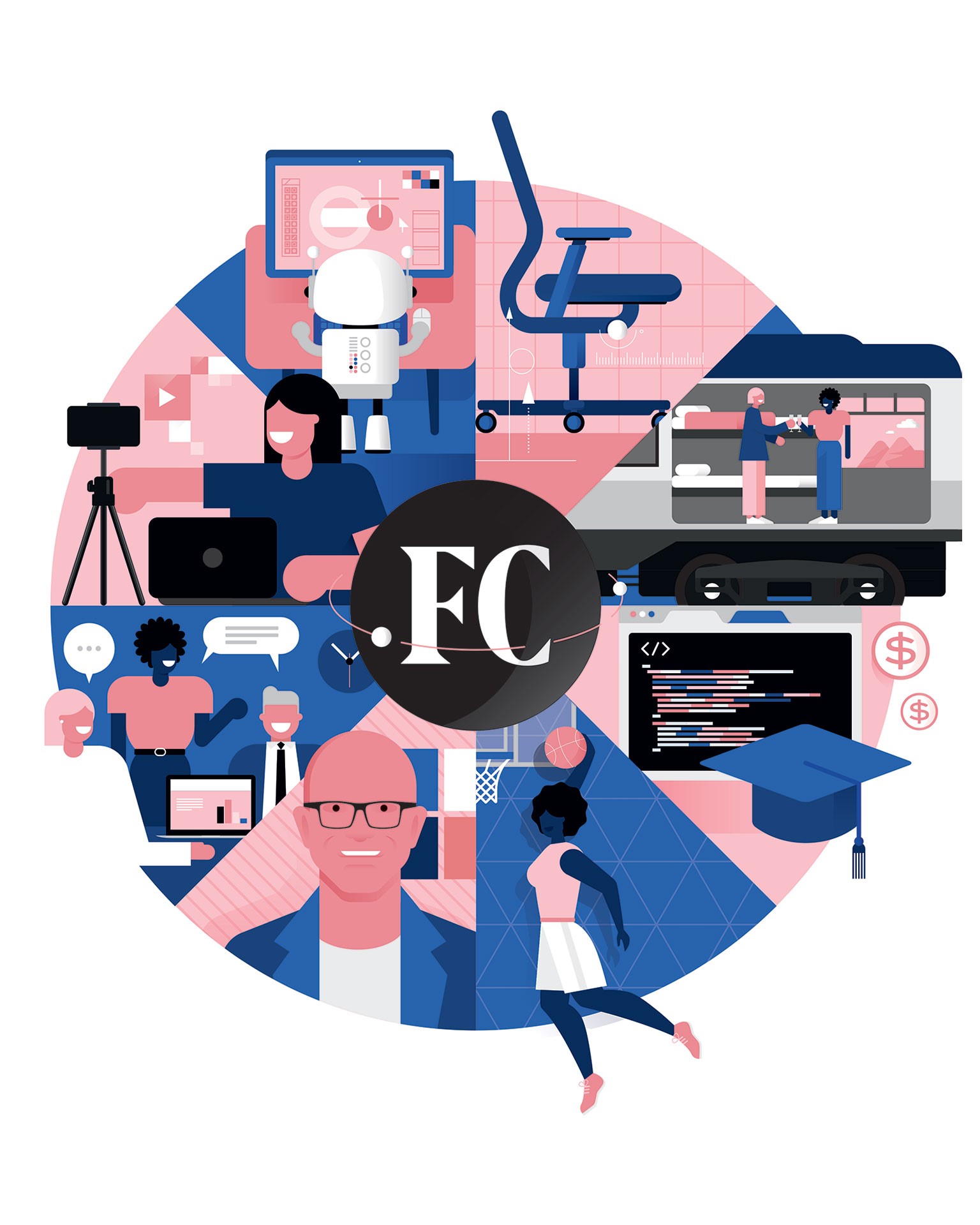Can Microsoft hold its AI lead?
It’s hard to believe we’re not even a year into the AI revolution. Was it really only nine months ago that OpenAI released ChatGPT, launching 10,000 gleeful “I Asked ChatGPT to [Blank] and Here’s What Happened” articles? The vibe shifted when people saw how often the technology “hallucinated” (i.e., got its facts wildly and dangerously wrong) and screeched to a cringey halt when Sydney, the now-retired nickname for Bing’s chatbot, told Kevin Roose of the New York Times that it loved him. You could single out many moments as the tipping point of generative AI’s innocent “This is so cool!” phase, but I’d nominate that one.
In the months since, there has been hand-wringing about the need for government regulation and enormous anxiety about AI’s potential to kill jobs. None of which has slowed the technology’s astonishingly rapid integration into the software we use in our daily lives.
The main place we’ll encounter generative AI is at work, and this is the focus of global technology editor Harry McCracken’s illuminating cover profile of Microsoft CEO Satya Nadella. One of the most surprising elements of the AI revolution is the company that’s leading it. “If you’d asked me two years ago, ‘Give me 1, 2, and 3 [top players in AI],’ I might have put Microsoft at No. 3—or 4,” one analyst tells McCracken, echoing a view held by many. The company’s partnership with OpenAI is only one reason it’s ahead. McCracken’s story is packed with previously unreported details of how Microsoft put itself in the vanguard—and how Nadella intends to keep the company there.
Our Microsoft story is one of three AI pieces in this issue. In “Hire Education,” senior editor Max Ufberg examines the fate of coding academies in the age of artificial intelligence. These computing “boot camps” were supposed to deliver professional salvation for workers displaced by technology—but will technology now displace the boot camps? And in “Computer of the Future,” global design editor Mark Wilson travels to Hayes Valley, the San Francisco neighborhood that has become the hub of the city’s AI startup scene, to answer a question: What is the role of design in the age of AI?
Of course, what we publish in print barely scratches the surface. Generative AI is the most important tech story of the year, if not the next 10 years, and you can count on Fast Company to cover it aggressively, consistently, and creatively across all our platforms. If you haven’t already, make sure to sign up for McCracken’s Plugged In newsletter on fastcompany.com and senior writer Mark Sullivan’s AI Decoded newsletter on LinkedIn. And thanks, as always, for engaging with our journalism, wherever you find it.
(24)



